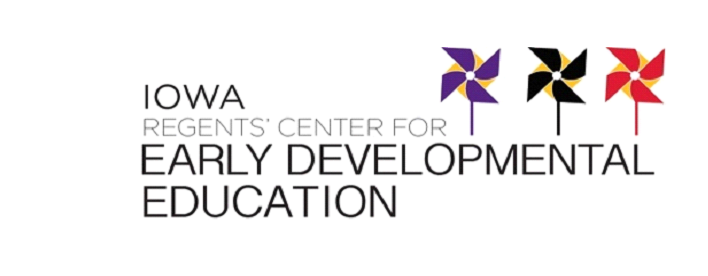How Does Your Garden Grow? is a simple game that serves as a good introduction to game playing for young children. Players each have their own game board that they use to move one counter from start to the end of the path. The player has the opportunity to improve their one-to-one correspondence by counting the dots on the die after the roll and moving their counter that many spaces. By giving each player their own game board, it helps them reduce the number of challenges children must coordinate. Players do not have to deal with problems such as bumping another player off a space or forgetting which piece is theirs.
Recommended # of Players: 2 - 3
Click here to download the game.
Standards Addressed
Head Start Standards
Social and Emotional Development
Social Relationships
- Communicates with familiar adults and accepts or requests guidance.
- Cooperates with others.
- Develops friendships with peers.
- Uses socially appropriate behavior with peers and adults, such as helping, sharing, and taking turns.
- Resolves conflict with peers alone and/or with adult intervention as appropriate.
- Recognizes and labels other's emotions.
- Expresses empathy and sympathy to peers.
- Recognizes how actions affect others and accepts consequences of one's actions.
Self-Concept & Self-Efficacy
- Demonstrates age-appropriate independence in a range of activities, routines, and tasks.
- Demonstrates age-appropriate independence in decision making regarding activities and materials.
Self-Regulation
- Recognizes and labels emotions.
- Handles impulses and behavior with minimal direction from adults.
- Follows simple rules, routines, and directions.
Emotional & Behavioral Health
- Expresses a range of emotions appropriately, such as excitement, happiness, sadness, and fear.
- Refrains from disruptive, aggressive, angry, or defiant behaviors.
Approaches to Learning
Initiative and Curiosity
- Demonstrates flexibility, imagination, and inventiveness in approaching tasks and activities.
- Demonstrates eagerness to learn about and discuss a range of topics, ideas, and tasks.
- Asks questions and seeks new information.
Persistence & Attentiveness
- Maintains interest in a project or activity until completed.
- Resists distractions, maintains attention, and continues the task at hand through frustration or challenges.
Cooperation
- Plans, initiates, and completes learning activities with peers.
- Joins in cooperative play with others and invites others to play.
- Models or teaches peers.
- Helps, shares, and cooperates in a group.
Language Development
Expressive Language
- Engages in communication and conversation with others.
- Uses language to express ideas and needs.
- Engages in conversations with peers and adults
Mathematics Knowledge and Skills
Number Concepts & Quantities
- Uses one-to-one counting and subtilizing (identifying the number of objects without counting) to determine quantity.
- Uses the number name of the last object counted to represent the number of objects in the set.
Number Relationships & Operations
- Recognizes that numbers (or sets of objects) can be combined or separated to make another number through the grouping of objects.
Geometry and Spatial Sense
- Understands directionality, order, and position of objects, such as up, down, in front, behind.
Common Core Standards
Kindergarten
Know number names and the count sequence.
- K.CC.1. Count to 100 by ones and by tens.
- K.CC.2. Count forward beginning from a given number within the known sequence (instead of having to begin at 1).
Count to tell the number of objects.
- K.CC.4. Understand the relationship between numbers and quantities; connect counting to cardinality.
- When counting objects, say the number names in the standard order, pairing each object with one and only one number name and each number name with one and only one object.
- Understand that the last number name said tells the number of objects counted. The number of objects is the same regardless of their arrangement or the order in which they were counted.
- Understand that each successive number name refers to a quantity that is one larger.
- K.CC.5. Count to answer "how many?" questions about as many as 20 things arranged in a line, a rectangular array, or a circle, or as many as 10 things in a scattered configuration; given a number from 1 to 20, count out that many objects.
Operations and Algebraic Thinking
Understand addition as putting together and adding to, and understand subtraction as taking apart and taking from.
- K.OA.1. Represent addition and subtraction with objects, fingers, mental images, drawings, sounds (e.g., claps), acting out situations, verbal explanations, expressions, or equations.
- K.OA.5. Fluently add and subtract within 5.
Identify and describe shapes (squares, circles, triangles, rectangles, hexagons, cubes, cones, cylinders, and spheres).
- K.G.1. Describe objects in the environment using names of shapes, and describe the relative positions of these objects using terms such as above, below, beside, in front of, behind, and next to.

